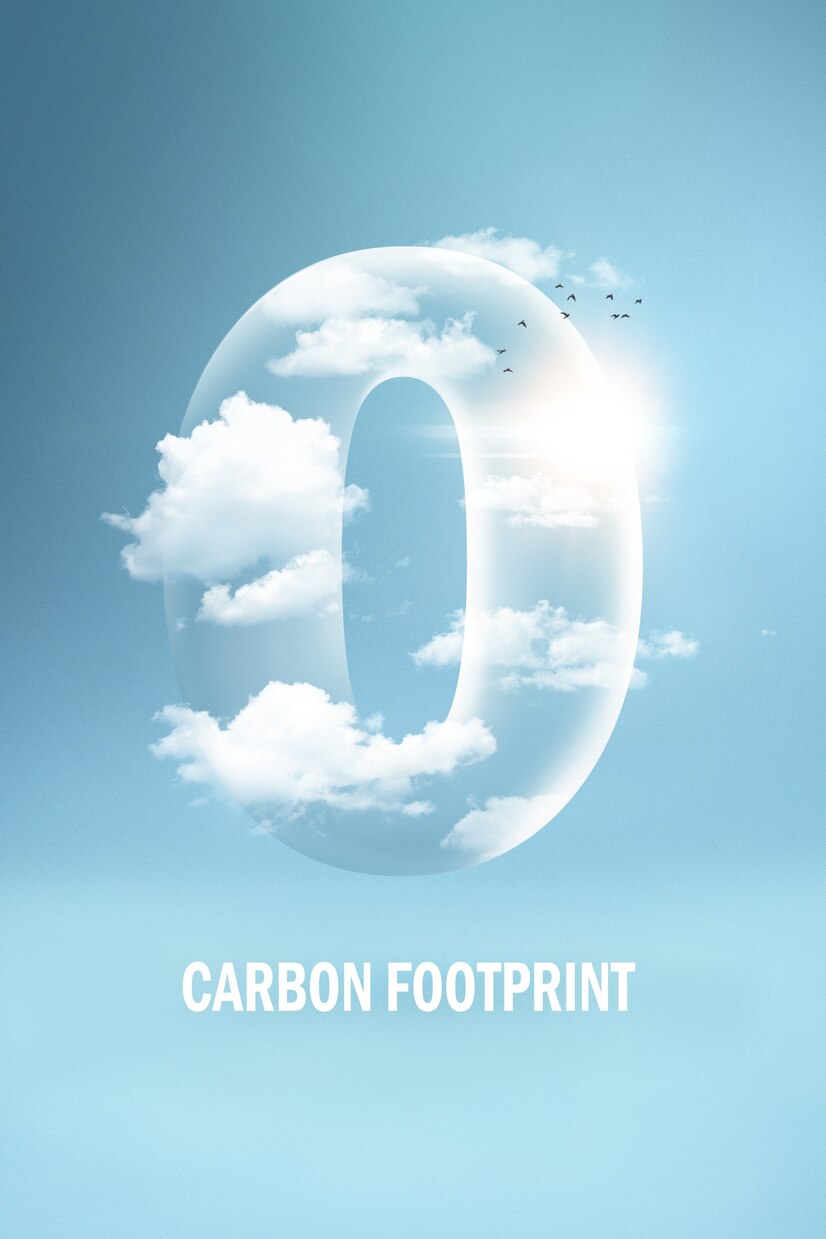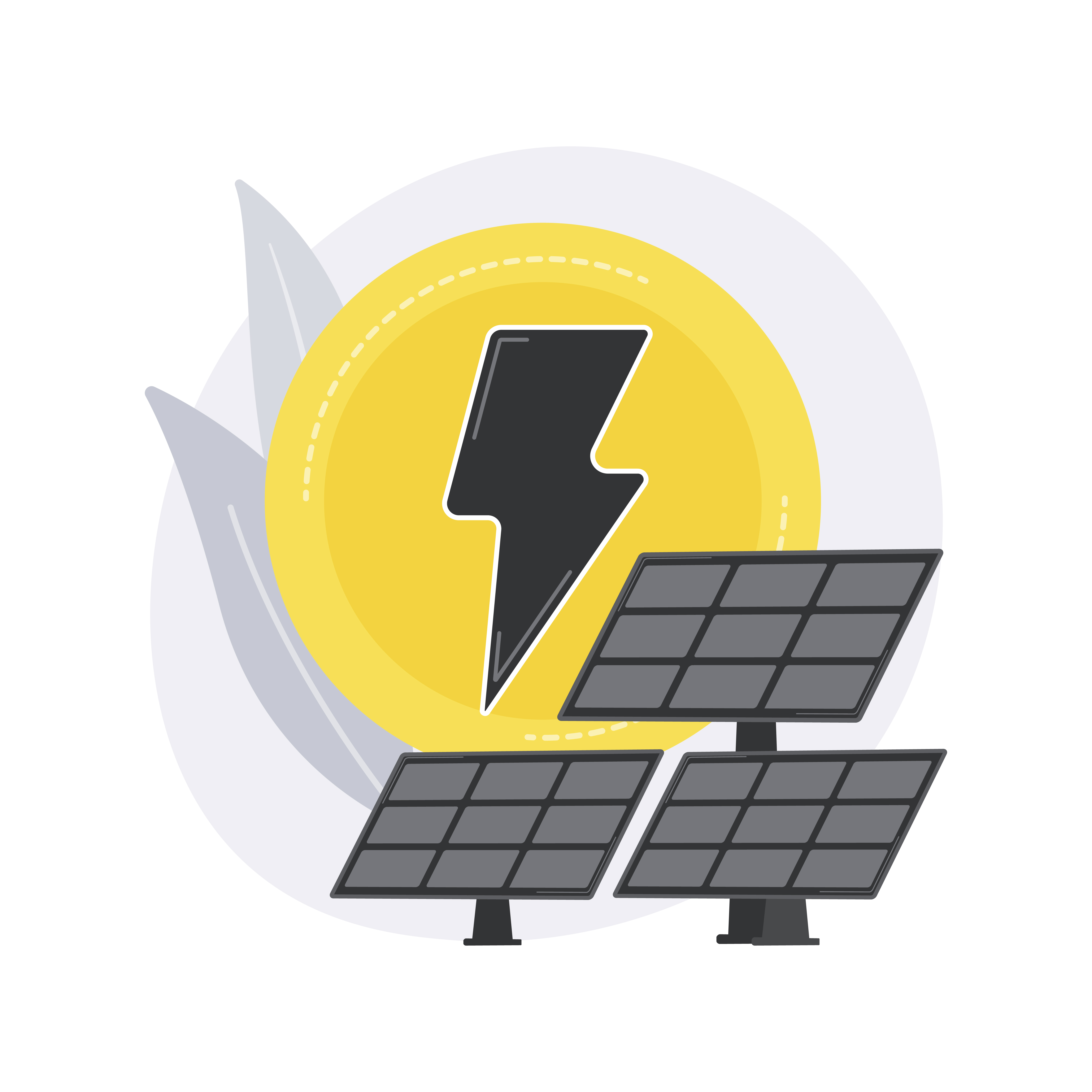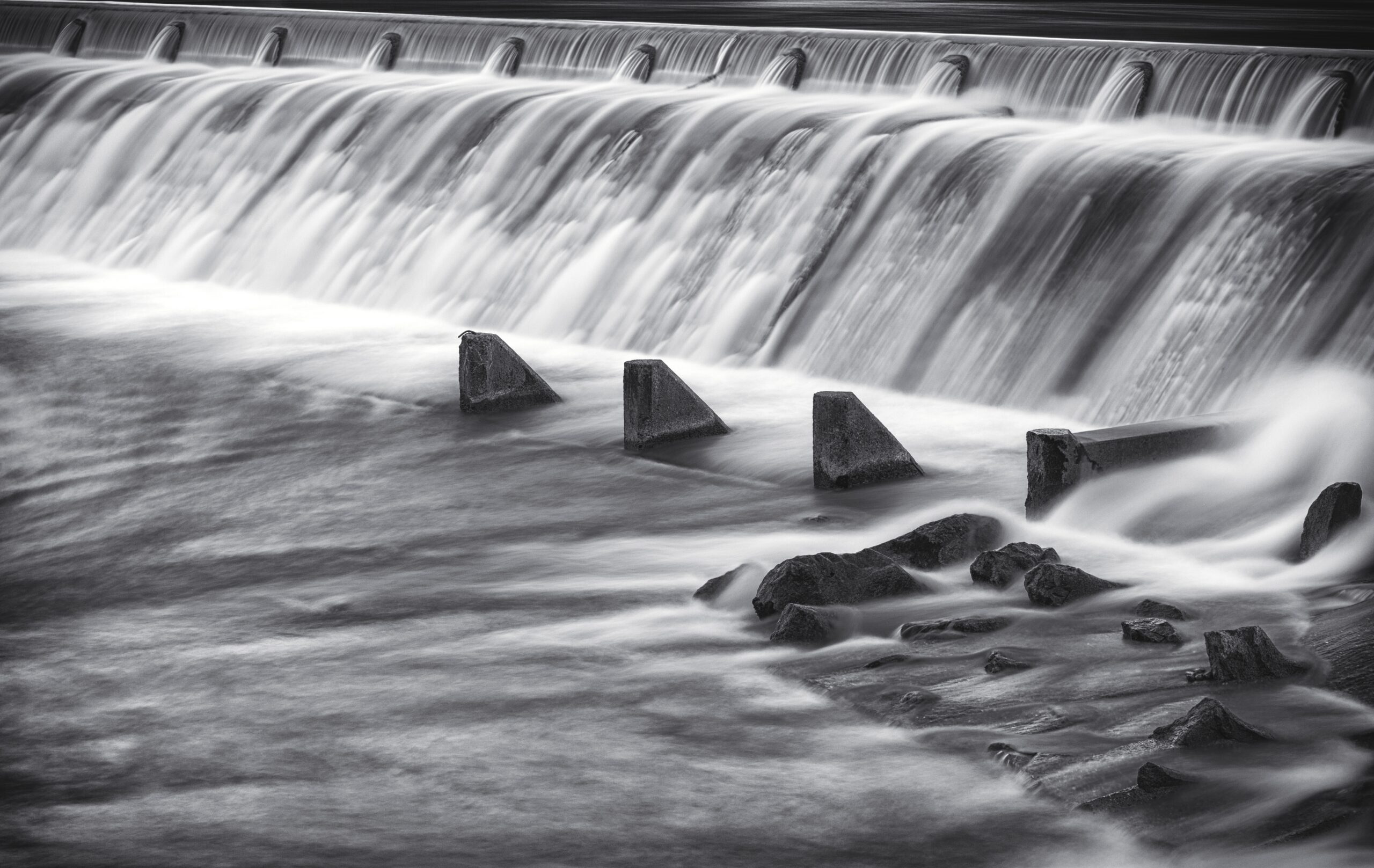Norway is in the seventh position in hydropower capacity with 34,118 Megawatt, and hydropower accounts for 88 per cent of electricity generated in the country. This piece will focus on the Norwegian government’s ambition and strategy regarding hydropower. The forthcoming hydropower facilities and prominent companies within the hydropower industry must identify and address the challenges that lie ahead.
Ambition:
Norway has set a goal to reduce greenhouse gas emissions by 50 to 55 per cent compared to 1990 levels by 2030, with the ultimate aim of achieving net-zero emissions by 2050. Norway’s hydropower infrastructure acts as a crucial tool for integrating variable renewable energy sources like solar and wind into its energy grid.
By providing a stable and controllable energy source, hydropower enhances the reliability of the entire energy system. Additionally, the construction of new hydropower plants adheres to rigorous environmental regulations, aiming to reduce conflicts with other land uses and mitigate adverse impacts on river ecosystems.
Upcoming Hydropower Plants:
- The Hemsil hydropower plant is on the Hemsil River basin in Akhersus. Developed by E-CO Energi, this project boasts a 251-megawatt capacity, with 168 megawatts currently in operation and the remaining capacity in the development pipeline. It was constructed in 1957 and completed in 1960.
- Jolstra hydropower plant is in Vestland. It is under development by Jolstra Kraft DA and owned by Sogn og Fjordane Energi AS and Sunnfjord Energy AS. It is currently under construction and expected to begin operations in 2024. It has a capacity of 62 Megawatt.
- Lokjelsvatn Kraftverk hydropower plant is in Vestland, developed and owned by Sunnhordland Kraftlag. The construction began in 2019, and it will enter commercial operations in 2024. It has a capacity of 60 Megawatt, generating 163 gigawatt hours of electricity annually.
- Oyane hydropower plant is in Vestland, developed and owned by Norsk Hydro. It is at the permitting stage and expected to enter commercial operations in 2027. It has a capacity of 51 Megawatt.
- Illvatn pumped storage project in Vestland, developed and owned by Norsk Hydro. The project is currently in the permitting stage, and its commissioning will be in 2026 with a capacity of 48 Megawatt.
Top Companies:
- Statkraft, headquartered in Oslo, was established in the year 1895. It is a state-led entity leading the charge in renewable energy, operating in solar, wind, and hydropower. It is the largest hydropower producer in Europe.
- EcoHZ, headquartered in Oslo, was established in the year 2002. They work with companies to enable them to attain net zero and help consumers use renewable energy-generated electricity.
- SINTEF, headquartered in Oslo, was founded in 1950. It is a research organisation specialising in fostering innovation and bringing technologies to practical use.
- Agder Energi AS, headquartered in Kristiansand, was founded in 2000. It is an energy group involved in hydropower generation, electricity distribution, trading and services in the business and consumer market.
- Hafslund ASA, headquartered in Oslo, was founded in 1898. Owned by the Oslo municipality, they are responsible for the operation and maintenance of hydroelectric power plants while also engaging in the wholesale sale of electricity.
Challenges:
- The first challenge is that building hydropower plants requires adhering to stringent environmental regulations, which can raise the cost of such projects, thereby increasing the investment to develop hydropower projects.
- The second issue is that developing hydropower plants conflicts with other land uses. For instance, building small hydropower plants means less land for reindeer herding Sami.
- The third problem is that hydropower plants use hydropeaking to meet market demands, and it affects the biodiversity of fish in the rivers due to sudden changes in water levels.
Conclusion:
Norway’s robust hydropower sector, ranking seventh globally with 34,118 megawatts, significantly contributes to its ambitious climate goals. They aim to reduce emissions by 50-55% by 2030 and achieve net zero by 2050, and it facilitates the integration of variable renewables. Upcoming projects like Hemsil, Jolstra, Lokjelsvatn Kraftwerk, Oyane, and Illvatn underscore their commitment to expanding capacity. Leading companies like Statkraft, EcoHZ, SINTEF, Agder Energi AS, and Hafslund ASA drive innovation in the sector. Challenges include navigating environmental regulations, land conflicts, and mitigating hydropeaking’s impact on biodiversity. Balancing these challenges is vital as Norway continues to lead in sustainable energy.
End Notes
https://www.theglobaleconomy.com/rankings/hydroelectricity_generation/
https://www.power-technology.com/data-insights/power-plant-profile-hemsil-norway/
https://www.power-technology.com/uncategorized/power-plant-profile-lokjelsvatn-kraftverk-norway/
https://www.greenesa.com/blog/renewable-energy-companies-in-norway
https://blog.technavio.org/blog/top-10-hydropower-companies
https://businessnorway.com/articles/how-norway-produces-hydropower-with-a-minimal-carbon-footprint
https://businessnorway.com/articles/how-norway-produces-hydropower-with-a-minimal-carbon-footprint
https://www.sciencedirect.com/science/article/pii/S2214629622003917
https://norwegianscitechnews.com/2022/06/norwegian-rivers-need-to-be-better-protected/
https://unfccc.int/sites/default/files/resource/LTS1_Norway_Oct2020.pdf





